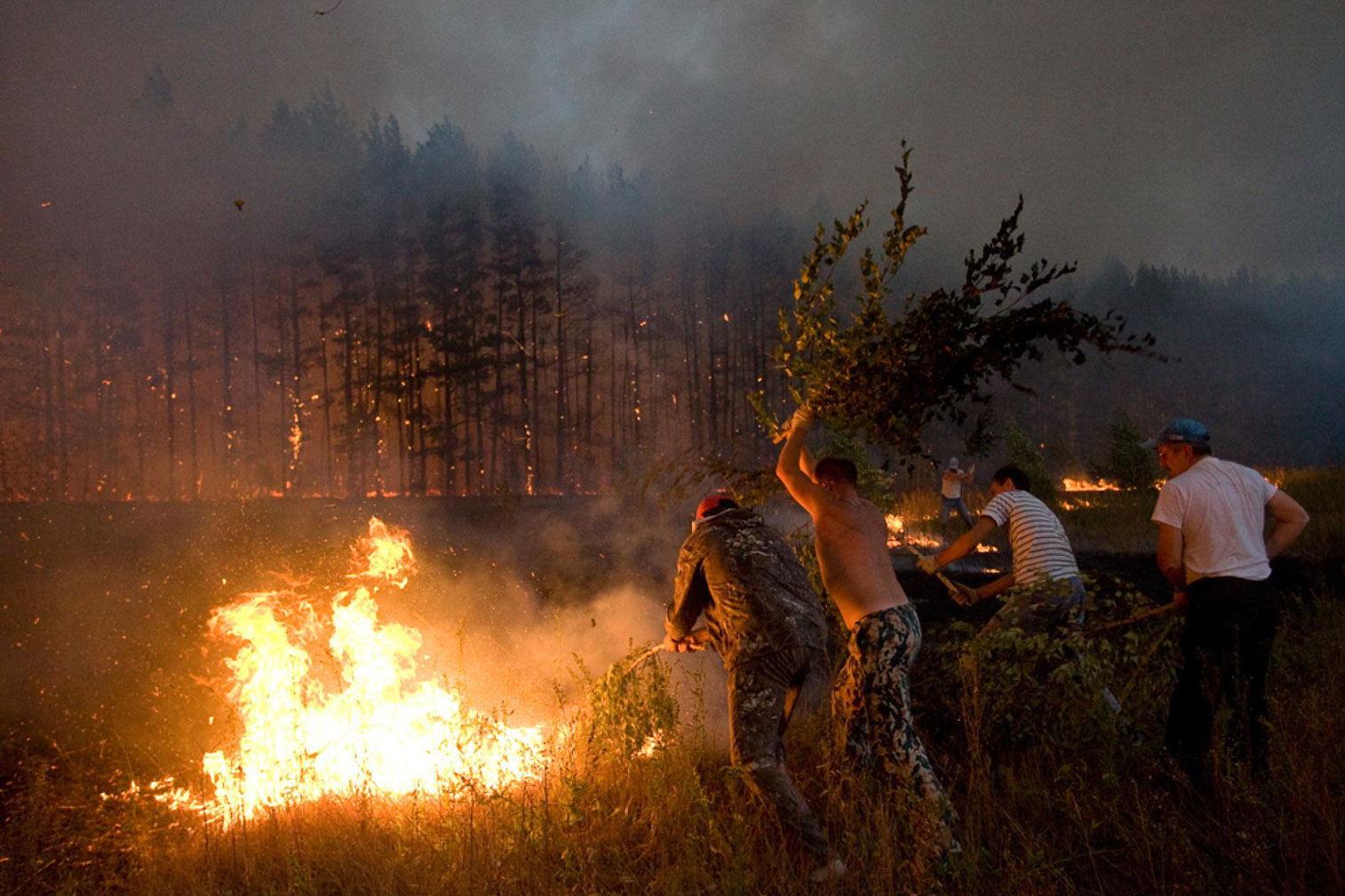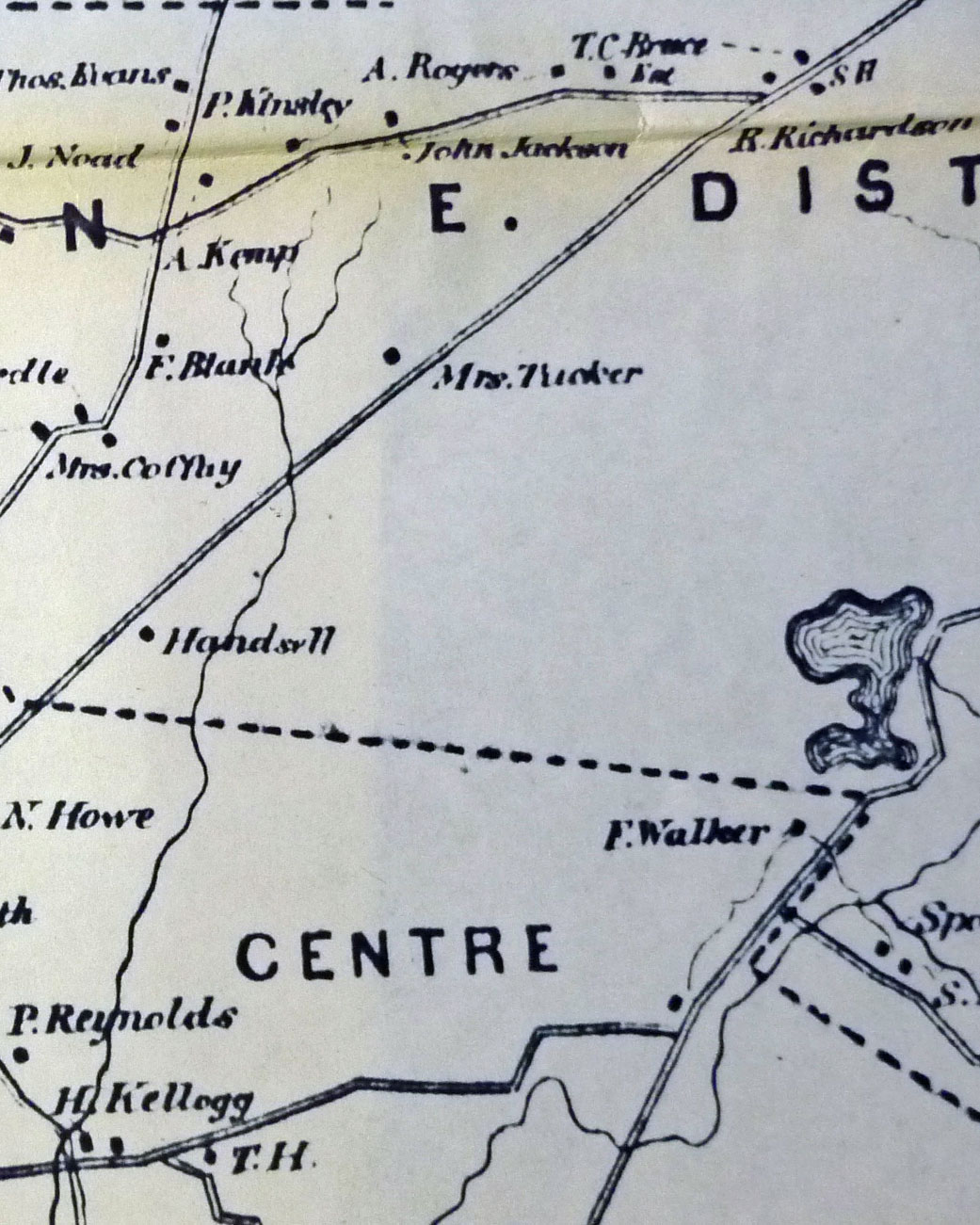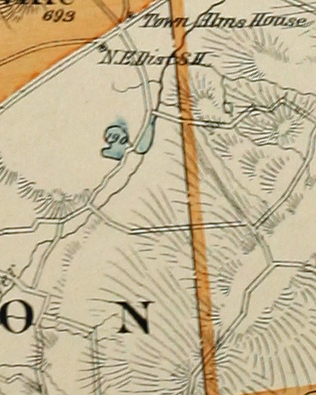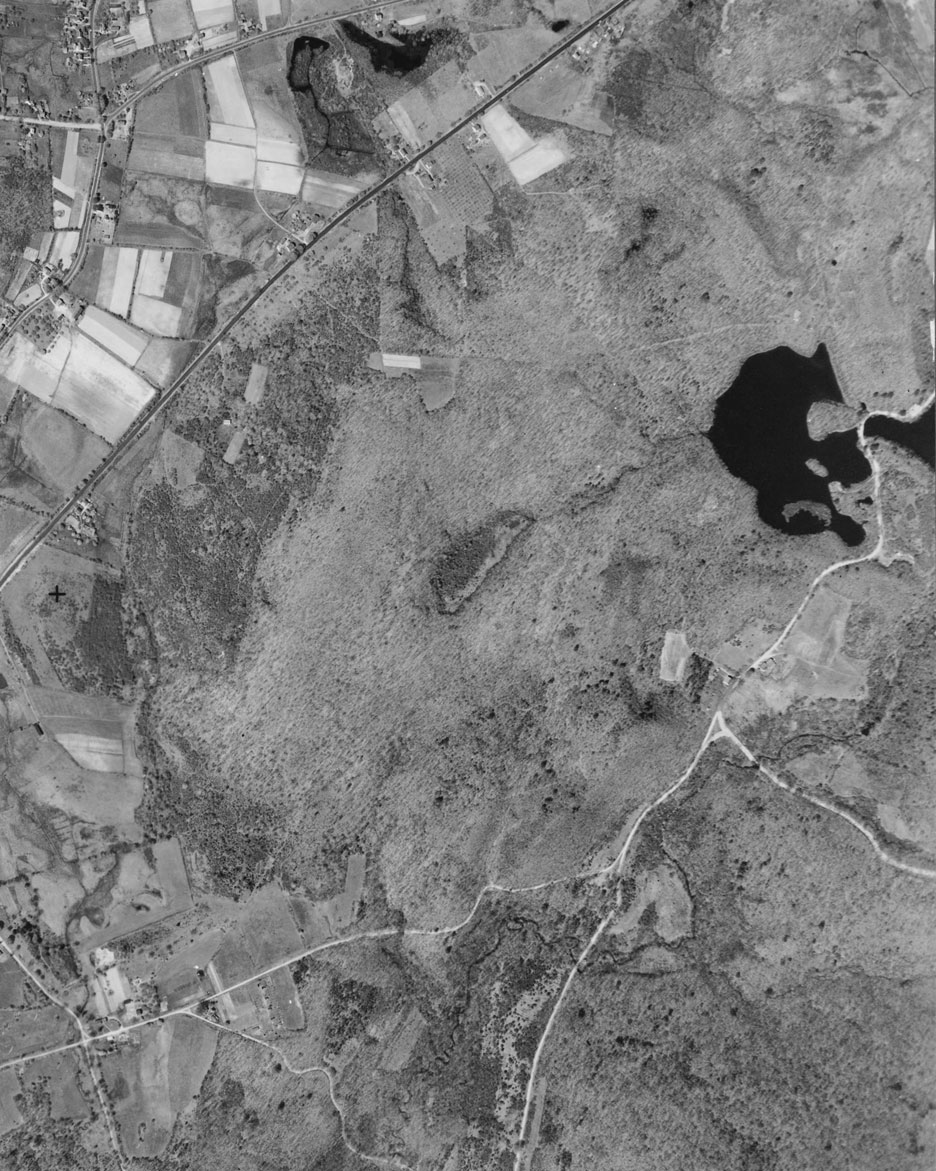 |
| Home | Geography | History | Biology | Recreation | News | Resources |
| Timeline | Narrative | Events | Places | People |
The Great Forest Fire of 1892The following story appeared in the Rockville Journal, a weekly paper at the time, on Thursday, April 28, 1892. The fire began on Tuesday, April 26. It is reproduced here as written with commentary at the end. One of the largest forest fires that ever afflicted this section is now raging in the Walker's reservoir region. It started Tuesday afternoon and spread rapidly, defying the efforts of half a hundred men to stop it. It is estimated that 600 acres have been burned over, and the fire is still beyond control, and eating its way like a fiery cancer into the vitals of valuable woodland. The Damage So far the damage has been confined to standing timber and cut wood. Several times have buildings been threatened, but the fire was held in check by the heroic work of the fire fighters. When the fire approached within dangerous distance of buildings, word was dispatched along the line, and the men rallied to the endangered spot, and averted the danger. It is said that 200 cords of hard wood belonging to HUGH KERNAN, the wood dealer, has been consumed by the fire. Narrow Escapes So far there have been no serious casualties, but there have been several narrow escapes. A gang of men headed by CHARLES REED found themselves hemmed in by the flames, and had to run for their lives. Nothing worse than singed whiskers and eyebrows has been reported. Scenes and Incidents
A Journal representative visited the scene of the fire. The scene was a thrilling one. The flames traveled with a rush. At times a particularly dry piece of timber would fall into the maw of the advancing fire giant, and the flames would shoot into the air with a scream, as if in furious enjoyment of the havoc. The spectacle of miles of burning fences was a beautiful one in the night time. The rails, laid zig zag fashion blazed and glowed like so many writhing, tortured, fiery serpents. Troops of rabbits, squirrels and other game ran helter skelter through the woods ahead of the flames, or stopped as if to seek protection of the men, their natural fear of whom was lost in the overwhelming terror of the element pursuing them. Since Tuesday night the fire fighters have confined their efforts to saving houses, barns and other buildings it being believed that the only thing to do was to let the fire waste and exhaust itself. Many of the fighters were up all last night. The need of more men has been felt, and CHARLES REED came into the city this morning seeking help. Many amusing incidents occurred. One man was seen wetting the ground about his buildings with a watering pot, while yet the fire was a mile away. Occasionally he would stop and pray for rain. How it Started The fire started in the peat bog on the farm of WM. VETTERLEIN, a German. Mr. Vetterlein started to burn some brush, and the wind came up and almost before he knew it the fire became his master. The frightened man jumped into his team and drove rapidly to police headquarters here, in a state of great excitement. CAPTAIN CADY told him the police could do nothing to ‘arrest' the flames, and advised Mr. Vetterlein to hurry back and secure all the help he could to fight the fire. This he did, but it was too late. Finally Conquered The big forest fire, after burning over 600 acres of ground, was got under control yesterday afternoon. The fire fighters hedged it into a piece of woods, where it is being permitted to exhaust itself. That the fire was kept from destroying dwellings, barns and other buildings is remarkable as well as satisfactory. The buildings of FREDERICK WALKER were twice menaced, but saved by sharp and heroic work. The farmers of the afflicted section will not soon forget the great fire of 1892. Hartford CourantThe Hartford Courant published similar articles on Wednesday and Thursday, April 27 and 28. Paragraphs that add to the story are below. Tuesday, April 26 - the fire is not yet under control. The largest forest fire that ever visited this section is now raging just west of the almshouse. Three hundred acres of timber land have been burned over now and the fire is not under control. One hundred men have been fighting flames since noon, and many more are needed. They work in gangs, which relieve each other from time to time. Tonight they have been forced to restrict their efforts to saving buildings by setting counter fires and other means, and there is no hope of checking the main conflagration for 24 hour at least. The day has been one of fierce toil and frequent adventure; many of the fire fighters have had narrow escapes from death. One gang of men were all but shut in by flame before they realized the situation, and had to run for their lives. The high wind which prevailed favored the occurrence of such incidents. The fire makes a thrilling spectacle, the flames devouring the dry wood with a rush and roar that can be heard for a long distance. They leap at times a hundred feet in the air, and the fire crosses highways and clearings as if there were none there. Arrangements are being made to send more men to the scene, as fears are entertained that the present force cannot keep the flames from devouring dwelling houses and barns. Many of the fire fighters were carried away exhausted, and in some instances were severely burned. Wednesday, April 27 - the fire is under control. The fire fighters have hedged it into a piece of woods on the ALLEN FARM, where it will be permitted to exhaust itself. The means taken was the building of counter fires, ditch digging, etc. The house of FREDERICK WALKER was saved by hard work last night. Today Mr. Walker sent into the city for help, as the fire had circled around and was sweeping down a valley again menacing his dwelling. Men went out, and the place was saved. CommentaryWhere was the fire? The 600 acres mentioned are almost as large as the Belding and Tankerhoosen Wildlife Areas combined (750 acres), a large tract of land. I suspect it was between Hartford Turnpike and Reservoir Road, which would locate it in the Walker Reservoir West area. There are few buildings in this area, but the fire could have approached Frederick Walker's farm from the Northwest or Reed's farm from the West. The almshouse mentioned in the Courant article was likely the old King's Tavern at Lafayette Square. This area was largely destroyed when the Interstate was constructed in the 1940's. Other than a few farm roads there was no development in this area. Deeds reference wetlands and a cranberry bog. There are also glacial moraines used as sand pits that are still visible on both sides of the highway. I've read nothing about peat bogs, but they might be possible on this terrain. Frederick Walker's house and barns are still on Reservoir Road near Fish and Game Road. Charles Reed's farm was on Mile Hill Road, then known as Reed's Hill, and close to Walker's reservoirs. Other names to research are Hugh Kernan's wood lot, Allen's farm and Vetterlein's farm. Fighting the Fire In 1892 Rockville had a fire department, but rural Vernon did not. It was up to neighbors to come together, fight the fire and protect their buildings. It was not until World War II that Vernon formed its own volunteer fire department. Norman Strong's 2008 history of the Vernon Hose Company is posted on the Vernon Historical Society's website. Following are some of his words relevant to this 1892 fire:
Reporting On The Fire The visiting reporter's descriptions are interesting as he seems to be quite excited and enjoying the spectacle using phrases such as ‘maw of the advancing fire giant;' ‘the scene was a thrilling one;' ‘the flames would shoot into the air with a scream, as if in furious enjoyment of the havoc;' ‘like so many writhing, tortured, fiery serpents;' and ‘overwhelming terror of the element pursuing them.' I doubt an editor today would write a news story in quite the same way; but it probably sold papers. Updated July 2020 |
Home | Activities | News | References | Search | Site Map | Contact Us © Copyright The Tankerhoosen. All rights reserved. |



